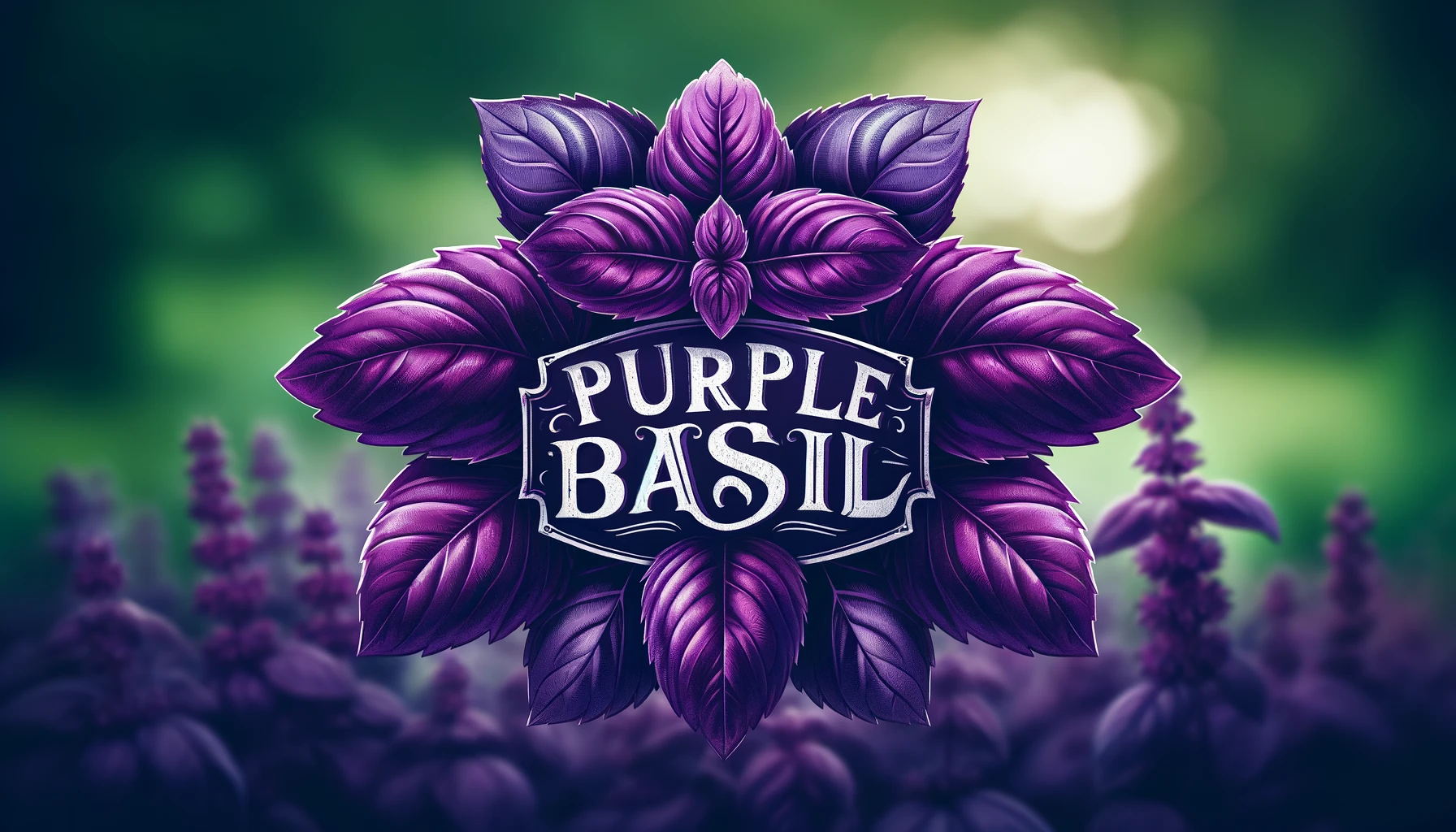How to Grow Pink Celery Using a Hydroponic System for Beginners
How to Grow Pink Celery Using a Hydroponic System for Beginners Basic Data ☀ Ideal Temperature: Pink Celery prefers temperatures between 60°F to 70°F. 🌱 Germination Time: Typically takes 14 to 21 days to germinate. 📅 Time to Maturity: Reaches maturity in about 80 to 100 days. Germination Steps Step 1: Soak the planting sponge and gently squeeze out excess moisture. Step 2: Place Pink Celery seeds into the damp sponge. Step 3: Keep in a cool, well-lit area until seeds germinate. Step 4: Transfer the sponge with the sprouted seeds to the hydroponic system. Growing Process Light Requirements Table StageLight DurationLight SpectrumLight IntensityGermination12-14 hours/dayFull spectrum100-150 µmol/m²/sSeedling14-16 hours/dayFull spectrum150-200 µmol/m²/sVegetative16-18 hours/dayFull spectrum200-250 µmol/m²/sMature16-18 hours/dayFull spectrum200-250 µmol/m²/s 💧 Water Pump Volume and Duration: Set to cycle every 20 minutes. 🔧 pH Value: 6.0 to 6.8. 🍼 Nutrient Ratio: Nitrogen: 180 parts per million Phosphorus: 120 parts per million Potassium: 200 parts per million Calcium: 150 parts per million Magnesium: 75 parts per million Trace Elements: Include Iron, Manganese, Zinc at 2 parts per million each as needed. Plant Benefits Unique Color: Offers a vibrant pink color that can add visual interest to dishes. Nutritional Value: High in fiber, vitamins, and minerals. Culinary Flexibility: Excellent for use in a variety of dishes, maintaining texture and flavor. Conclusion Pink Celery is a superb choice for hydroponic beginners who wish to grow a unique and visually striking vegetable. Its adaptability to indoor conditions and relatively easy care make it a rewarding crop for new gardeners. Enjoy the delicious and wholesome harvests from your hydroponic garden.


